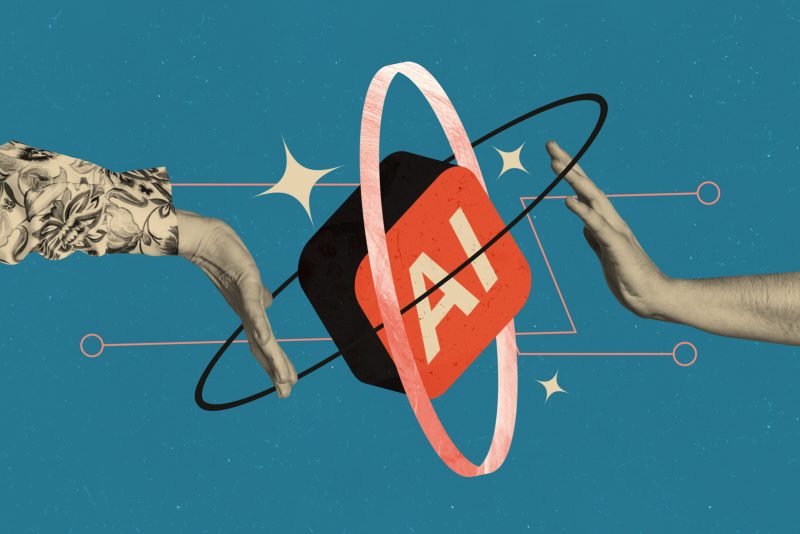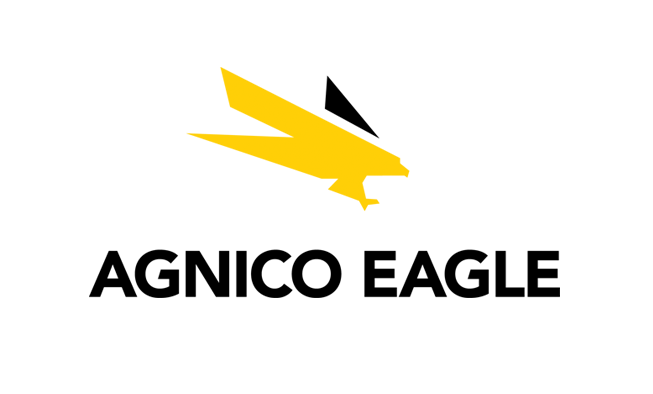Navigating AI’s Impact on Markets
“We’re still in the early innings.” That’s the assessment from AGF Portfolio Manager Auritro Kundu as he joined CEO Kevin McCreadie, David Pett, Director, Investment Communications, and John Christofilos, Chief Trading Officer and Investment Management Operations Strategy for a timely discussion1 on the accelerating role of artificial intelligence in markets and investment strategy.
From the recent sell-off linked to China’s DeepSeek AI model to shifting global regulatory dynamics, the conversation unpacked the real implications of AI’s rapid evolution—and how investors should position themselves.
AI Sell-Off: Overreaction or Inflection Point?
The discussion kicks off with DeepSeek, an advanced AI model emerging from China, sparking volatility in equity markets. The concern? A cost-efficient training technique that could significantly lower AI development expenses, calling into question the current infrastructure-heavy investment cycle.
McCreadie puts it bluntly:
"I don't know that these numbers are valid. I don't know that these guys did it as cheaply. There's a whole bunch of don't-knows because of where it's coming from. I agree, it could have been political. It's literally on the day after or so that the US announced their big investment in AI."
Kundu emphasizes that while the cost-effectiveness of DeepSeek's training method spooked investors, it ultimately represents a net positive for AI adoption:
"This is a good thing. The cat’s out of the bag on this. This is now in the open-source community. It’s all out there. So this is going to actually push AGI, this idea of generative AI, forward."
Yet, the market response was stark. The S&P 500 dropped 1.5% on the news—yet, intriguingly, 70% of its components were actually up. That divergence, McCreadie notes, signals a fundamental recalibration rather than broad panic:
"So it tells you that, to Auritro’s point, we had crowded into a bunch of narratives that were the same for a handful of sectors or subsectors. It wasn't really the rest of the world."
The Changing Investment Thesis in AI: Who Wins?
As AI costs decline and efficiency improves, the investment focus may shift from pure infrastructure (chips, data centers, cloud computing) to application-layer winners—companies leveraging AI advancements to drive real-world productivity gains.
Kundu outlines the key transition points:
"At some point you start to have to move from powering the AI to the picks and shovels, the infrastructure names, to the companies that capture the value on top of that, that have the applications that are going to have some ROI."
McCreadie reinforces this by drawing a historical comparison to the early Internet era:
"Do you know how much we all paid in the beginning of the Internet for bandwidth? Once you made bandwidth almost free or pretty accessible, that's how you drove. You drove speed. You drove investment to further get gains. You'll see the same thing here."
Who benefits? The conversation pointed toward established tech giants like Google, Meta, and Apple, whose data and ecosystem positions them to dominate AI applications. Additionally, AI efficiency gains could disrupt traditional power consumption models, affecting independent power producers that had been pricing in massive data center energy demand.
The Political Dimension: AI as the New Arms Race?
Beyond markets, AGF’s leaders tackle the geopolitical dimensions of AI, with Pett raises the provocative question:
"Is this the new nuclear arms race that just has been launched so that we do have this country-by-country competition?"
Kundu agrees that tensions are mounting:
"If you keep backing China up against the wall and saying, you're not going to have access to any of our recent semiconductor equipment, they're going to go at it on their own and they're going to find innovative ways to do new things."
McCreadie points to an accelerating US regulatory shift, particularly under the Trump administration’s reversal of prior AI oversight measures:
"Taking the governance off of safety, which would theoretically have slowed down the development, does come with risks, but it's meant to accelerate the pace of this."
Positioning for AI’s Long-Term Growth
For all the short-term noise, the long-term trajectory of AI remains intact—and AGF’s experts believe we’re still in the early innings of an economic transformation.
"You're still in the early innings. You're in the first or second innings of this," says Kundu. "Because, as we're learning more and more about these opportunities and gaining efficiencies and the costs associated with it, there's just so much ahead of us. So you're still early days."
McCreadie adds:
"I don't disagree. I may say third, but it's not ninth or seventh. It's definitely early."
Christofilos sums it up with an analogy:
"If the model doesn’t yet know that I like single-malt scotch with my cigar on the beach, then we’re still early in the game."
While near-term volatility remains, the team agreed that AI’s role in enhancing productivity, boosting corporate profits, and driving innovation will be one of the dominant themes of the next decade. Investors, they argue, should think beyond the AI hype cycle and toward the broader structural benefits of the technology.
McCreadie’s takeaway?
"I don't think this is a big threat. I think it's a big opportunity as we start to get our heads around what it can mean for everybody else."
Footnote:
1 "A Deep Dive on A.I." 20 Mar. 2025, www.agf.com/ca/en/insights/podcasts/podcast-s06ep01.jsp.















